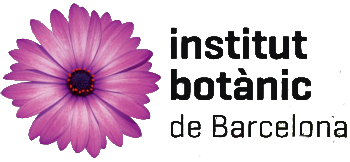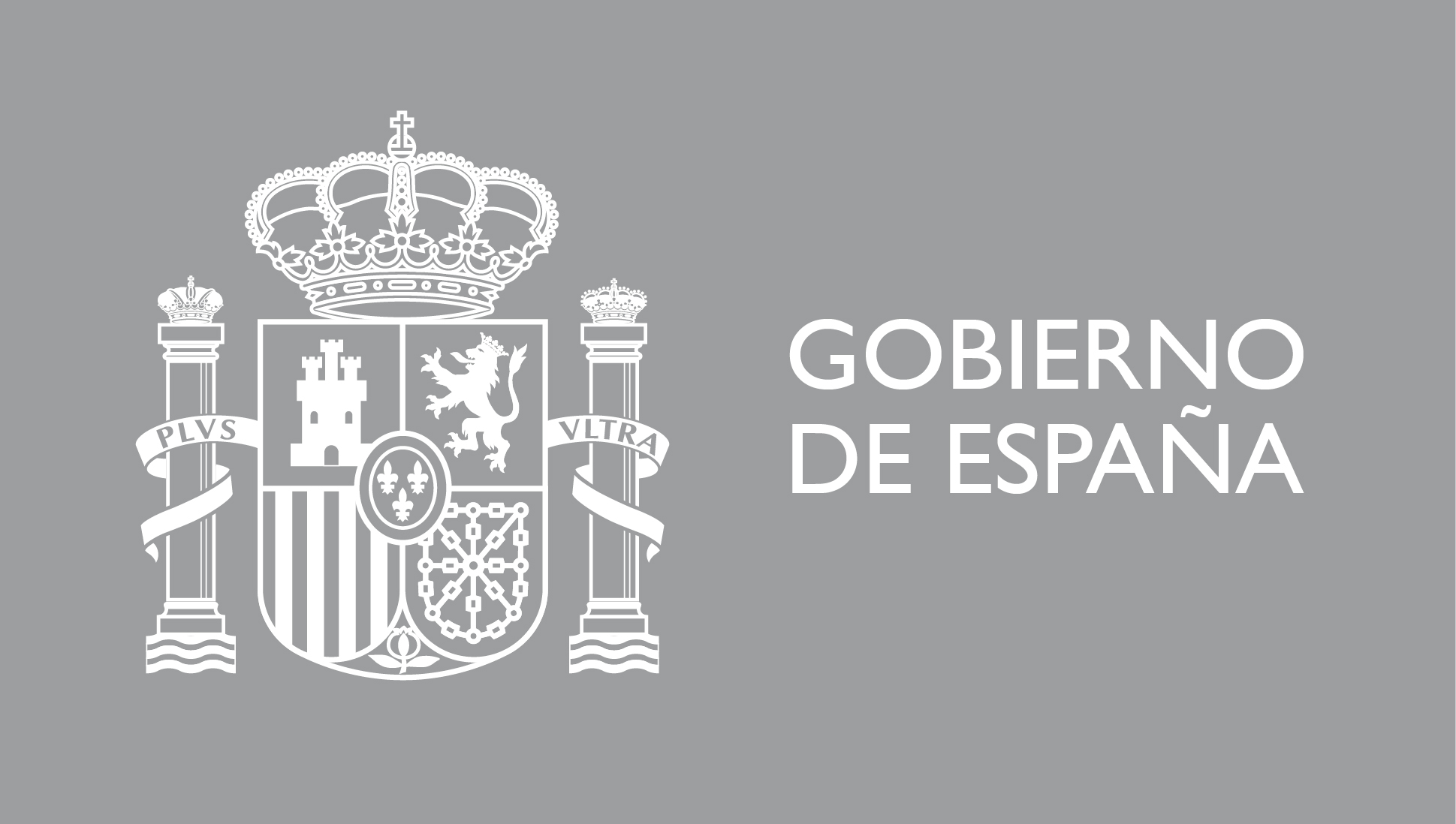Ethnobotanical convergence, a new junction of tradition and modernity to promote research on plant biodiversity
Tradition, traditional knowledge, and applied research on plant biodiversity are the references for the progress of knowledge on ethnobotany, a science that studies the relation between human populations and their plant environment. Grouping similar uses of plants of a same taxon and easing the identification of new applications of natural products are the focuses of ethnobotanical convergence, a concept presented in an article published on the cover of Trends in Plant Science, signed by the experts Joan Vallès, from the Faculty of Pharmacy and Food Sciences and the Biodiversity Research Institute of the UB (IRBio), Teresa Garnatje, from the Botanical Institute of Barcelona (IBB-CSIC-ICUB), and Josep Peñuelas, CSIC researcher at the Ecological and Forestry Applications Research Centre (CREAF).
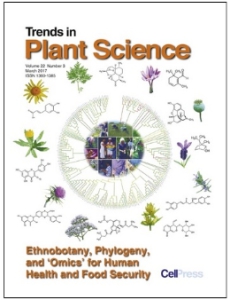
Ethnobotany: the world natural and cultural heritage of plants
Ethnobotany is a discipline which has advanced with the progress of natural and social sciences. It is a defining behavior of the cultural heritage of social groups, both for its reference to its profits and the human uses of plants. Advances in ethnobotany have enabled the preservation of biodiversity from a natural perspective (genetics, taxonomy, ecosystem, etc.) as well as cultural, such as the preservation of popular knowledge on the world of plants, their management and relation of human societies with plants over the years.
Knowing popular uses of plants is essential to discover new medicines and foods, and therefore improve the health and nutrition of many populations. According to Joan Vallès, coordinator of the study and professor of Botany at the University of Barcelona, “lots of drugs and nutraceutical, alimentary, cosmetic products -and others for people’s wellbeing- come from plants. An important amount of these products comes from lore and traditional uses that were maintained over generations of people”.
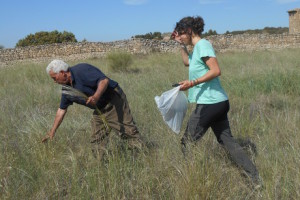
At the moment, only 62 out of the 457 families of angiosperms (flowering plants) and gymnosperms (non-flowering plants) are usually used for their medicinal features. Paclitaxel, an isolated product from the Pacific’s yew (Taxus brevifolia) and also present in the European yew (Taxus baccata), is one of the most cited examples as natural product applied in cancer treatments. Star anise (Ilicium verum), an Asiatic plant known in traditional Chinese medicine, was the base for oseltamivir, the most promising medicine against the avian flu epidemic, identified in a campaign of enthnobotany and pharmacology prospection promoted by the World Health Organization (WHO). With the discovery of artemisinin –derived from the plant Artemisia annua– also used in popular Chinese medicine-, pharmacologist Tu Youyou was distinguished with the Nobel Prize in Medicine (2015).
Omics revolution in ethnobotany
Omics are widening the lines of knowledge in biology, biomedicine and other related areas. New knowledge on molecular phylogeny, for instance, changed the scientific view of taxonomy classification of many living beings.
According to Josep Peñuelas, (CSIC-CREAF), awardee of Ramon Margalef in Ecology 2016, “the continuous development of new techniques on metabolomics provides an essential tool to discover a new generation of natural products inspired in the application of the new concept of phylogenetic convergence and ethnobotanical studies”.
In the context of ethnobotany, studies on molecular phylogeny enabled creating the concept of enthonotanical convergence, a clear step forward to improve the election of plants of interest. This together with the recent revolution of omics –in particular, genomics and metabolomics –will enable the identification of new potential applications of natural products from plants.
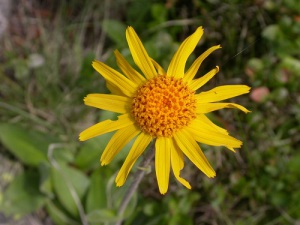
“The uses of the same species or similar ones, by human groups belonging to different cultures and which didn’t have contact among them, shows that this knowledge has been acquired independently” says Teresa Garnatge, director of the Botanical Institute of Barcelona. “These plants –says the researcher- which show similar traits (evolutionary convergence), can be also used in a similar way (ethnobotanical convergence)”.
According to the authors, coincidences in use and thus, in the plants’ traits, can be understood regarding the study of evolutionary and parenting relations between different taxons. Consequently, with the new perspective of ethnobotanical convergence it will be easier to detect new sources of useful products in the fields of health and food safety.
“It is necessary, therefore, to keep on working on this line, which gave satisfying and productive results, and to apply all available science and technology competences. In short, what we are doing is joining tradition and modernity in a multidisciplinary view that contributes to improve the human wellbeing”, concluded Joan Vallès.
Images: Joan Vallès (UB-IRBio)
